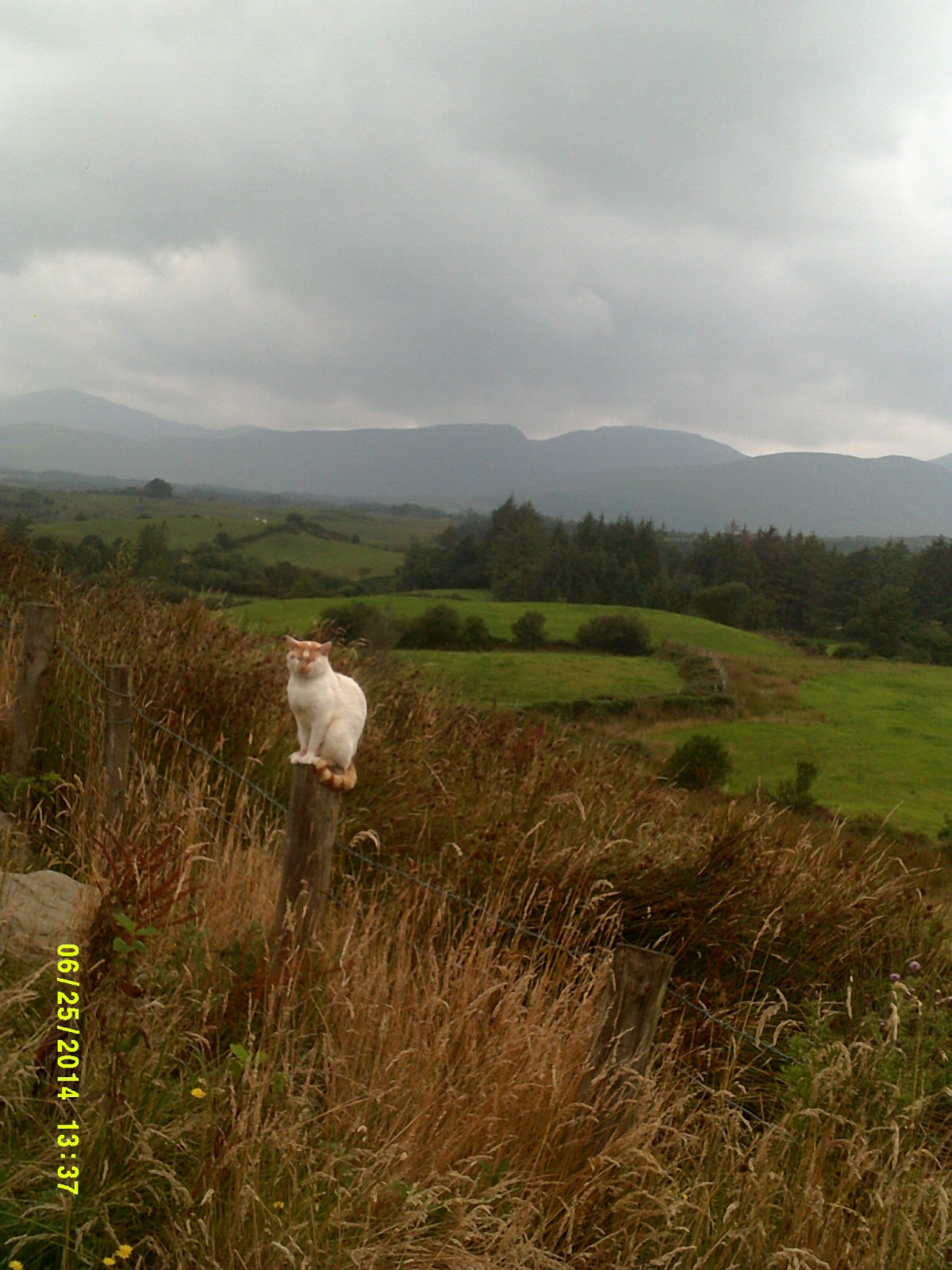I've always nursed a sort of fascination for feral cats. For better or for worse, the domestic cat is by far one of the most successful species on the planet. They're alliance with humanity has ensured that they inhabit six of the seven continents. From huge landmasses to tiny islands, from the mean city streets to the quiet countryside, it's undeniable that cats are here, there and everywhere!
But I've always been curious about a few things. Are some coat colors more commonplace amounst ferals then others? Are some colors more common in one area, but not another? Do some colors offer survival advantages? Etc and so forth. Well I want to know! So let me ask you, what are the most common coat colors for feral cats in your area?
So let's start off, shall we?
-I live in Montana, in a small city relatively close to the Canadian border to be a bit more specific. (Montana in the fourth largest state in the US after all!)
-Black based colors are by far the commonplace here. So black cats and brown tabbies are ubiquitous, while ginger tabbies... just aren't. I've actually only seen two in my time here!
-The dilute gene also doesn't seem to be common, not many blue/gray cats (Tabby or otherwise) around, but I have several of them.
-White spotting is fairly common though, I'd say about half of the cats around here have some amount of white on their bodies. Usually only small amounts though.
-The colorpoint gene is apparently present, but it's even rarer then ginger tabby is! I've only seen one coloredpointed cat and that one was at the local shelter.
Can't wait to see if your guys areas differ from mine!
But I've always been curious about a few things. Are some coat colors more commonplace amounst ferals then others? Are some colors more common in one area, but not another? Do some colors offer survival advantages? Etc and so forth. Well I want to know! So let me ask you, what are the most common coat colors for feral cats in your area?
So let's start off, shall we?
-I live in Montana, in a small city relatively close to the Canadian border to be a bit more specific. (Montana in the fourth largest state in the US after all!)
-Black based colors are by far the commonplace here. So black cats and brown tabbies are ubiquitous, while ginger tabbies... just aren't. I've actually only seen two in my time here!
-The dilute gene also doesn't seem to be common, not many blue/gray cats (Tabby or otherwise) around, but I have several of them.
-White spotting is fairly common though, I'd say about half of the cats around here have some amount of white on their bodies. Usually only small amounts though.
-The colorpoint gene is apparently present, but it's even rarer then ginger tabby is! I've only seen one coloredpointed cat and that one was at the local shelter.
Can't wait to see if your guys areas differ from mine!













 There seems to be Siamese, Maine Coon , Calico, and Burmese and Bengal all thrown into the mix with the black and tabby. A genetic chaos.
There seems to be Siamese, Maine Coon , Calico, and Burmese and Bengal all thrown into the mix with the black and tabby. A genetic chaos. 

